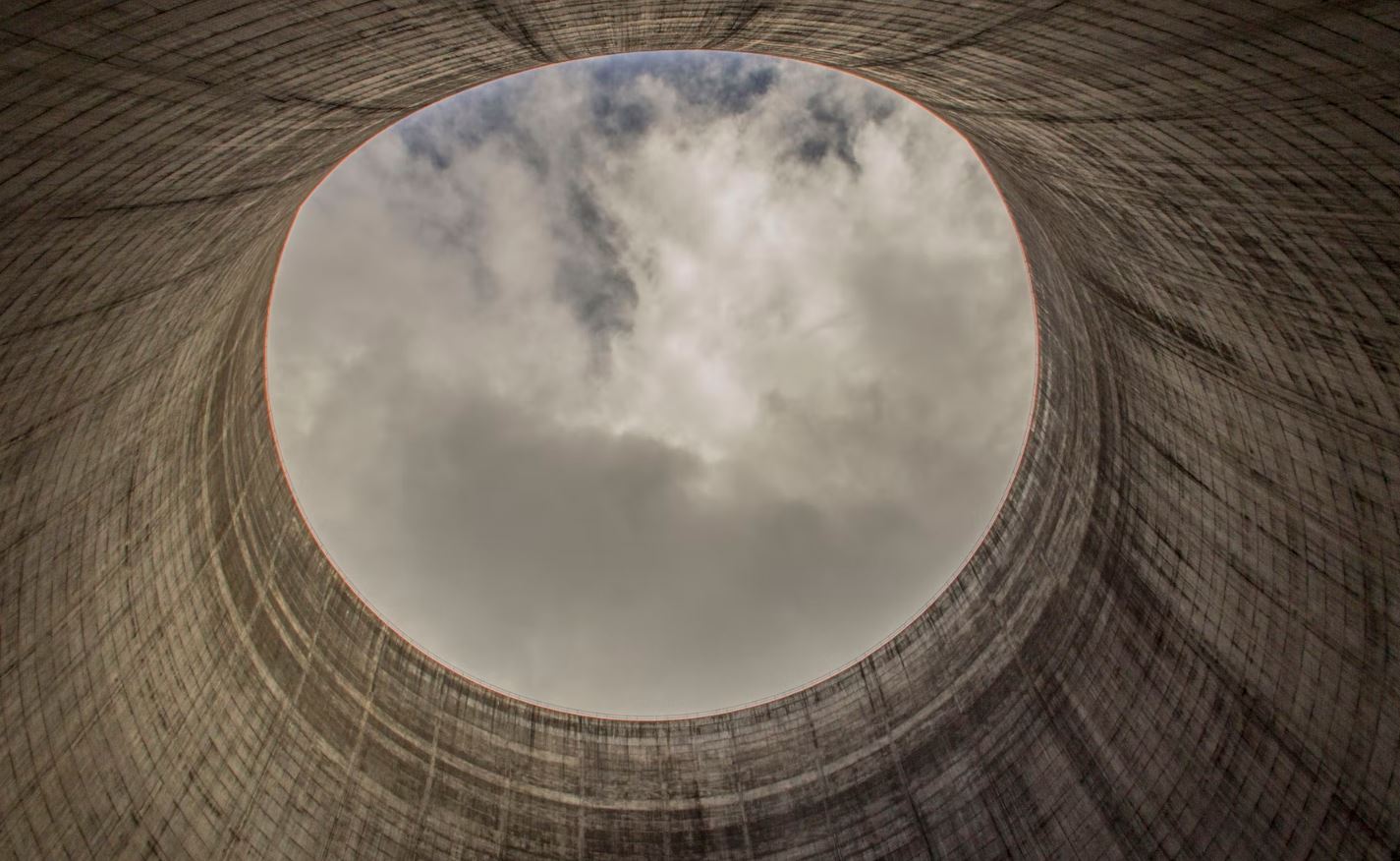
Scientists may be close to infinite clean energy.
Researchers at the National Ignition Facility at the Lawrence Livermore National Laboratory, working on behalf of the United States Department of Energy, have been working for years to crack the secret of nuclear fusion, the process in which atoms are fused together to generate a theoretically infinite amount of net-zero energy. Nuclear fusion has been one of the most coveted targets of the global scientific community for decades, and if rumors are to be believed, the National Ignition Scientists may have made a breakthrough.
In a statement to CNN, researchers have explained that they have successfully created a small instance of nuclear fusion in their lab by launching hydrogen fuel pellets into a laser array. The tiny explosions created from this experiment produces waves of powerful heat, which can be extracted and used as energy.
“It’s about what it takes to boil 10 kettles of water,” said Jeremy Chittenden, co-director of the Centre for Inertial Fusion Studies at Imperial College in London, told CNN in a separate statement. “In order to turn that into a power station, we need to make a larger gain in energy – we need it to be substantially more.”
With energy being successfully generated, the next step is to scale the process up and make it sustainable so it can power large swaths of society.
